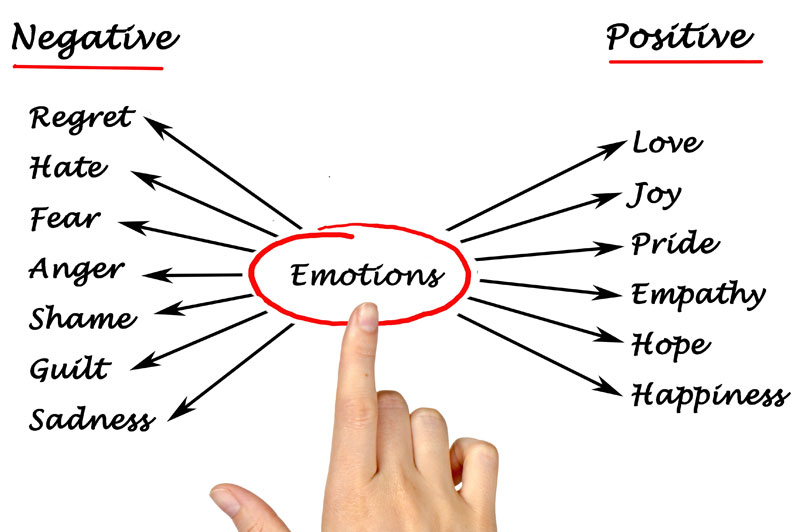Ever faced down your child in the aisle of a supermarket and wondered if this might be the lowest point in your parenting career? Children and teens can bring parents to a breaking point as they discover the variety of emotions available in the human experience.
You will want professional help with mood disorders. However, most children can learn to safely and effectively express what they are going through. Here are a couple tools and tips that you can teach to your children that will allow them to grow into emotional maturity.
Name the feeling:
Naming feelings provides children with a sense of control and responsibility. You can teach your child that by naming the feeling, the feeling will have less power over them.
When children are very young, picture books and storybooks help to showcase common emotions to this age. For example, happy, sad, tired, etc. As children grow and enter their teen years, talking about the teen’s day is a great opportunity to name emotions.
You can teach your teen to name emotions by doing so in reference to your own day. For example, “I was feeling frazzled about X.” Or “That film put me in a melancholy mood.”
Don’t shut out “bad” emotions:

It can be easy to tag certain emotions as bad. The result of doing so, however, is that we don’t allow children to express emotions that are in this category. We tell them to “Snap out of it” or “Get a grip.” But this often results in an avoidance of discussing all emotion in general, or just the emotions they know will please the parent. Not allowing your child to express certain emotions could stunt their emotional development. Does this mean that you should allow all expressions of their anger? No, of course not.
Picture yourself when you are angry. After years of experience, you likely have various coping mechanisms in place that allow you to express your anger in safe ways. It is a parent’s job to teach their children how to safely express their emotions so that it does not hurt themselves or others. Let her use words and other avenues that will give her an outlet for her sadness or anger.
Teach that emotions are temporary:
In the throes of happiness or sadness, it is hard to imagine feeling any differently than what we are presently experiencing. And when a child is in the middle of an intense emotion, it can feel to the child or teen that the emotion is here to stay. Try to tell your child or teen that they will probably feel differently tomorrow, and they will roll their eyes and not listen to what you have to say.
So what is a parent to do? How you handle yourself and how you talk about your emotions can go far in teaching your children how to handle theirs. When you are talking about your own feelings, discuss their transitory nature. Say things like, “Today, I am feeling like [name the emotion]. But I will likely feel differently tomorrow after a night of good sleep.”
Explain the difference between behavior and emotions:

As adults, we learn how to act one way, even while feeling another. But for children, this can be very confusing. They hear you say to express themselves, but then they are shushed when they try to express a more difficult emotion. Help your child understand the difference between emotions and one’s behavior.
We all have emotions, even unpleasant ones we wish could go away. Particularly for children, what they feel is largely out of their control. Behaviors, on the other hand, are actions that we each choose to take. As a parent avoid criticizing the emotion, i.e., what they are feeling. But if needed, caution your child when he hits, bites, says mean things, or otherwise chooses actions that are unacceptable. Emphasize safe ways of expressing emotion.
Choose the right moments to talk about emotions:
Often the right time to talk about emotions is not when your child is feeling something strongly. Teaching kids how to handle difficult emotions is something that should be happening all the time. And the best moments are when you both are feeling neutral. Talk emotions when he or she is feeling detached and can be more objective about hot-button topics. This is the time to discuss acceptable coping mechanisms for situations that tend to trigger emotional upset.



